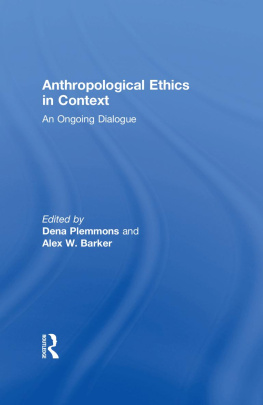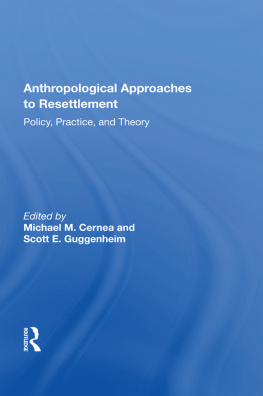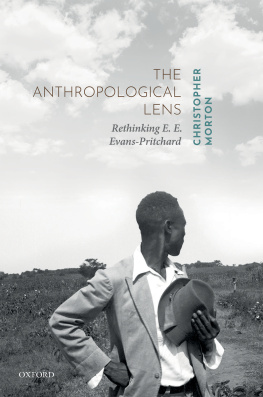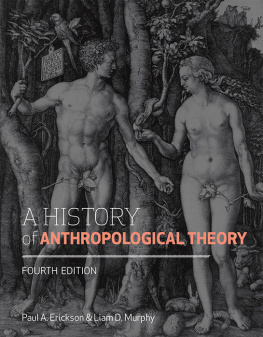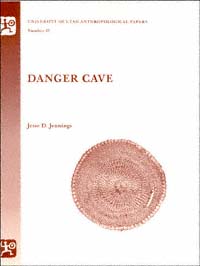| With the opening words of this volume, I wish to acknowledge my debts. |
| Archeological field work is not possible without financial support and an opportunity for study. This support and research leisure both were made available to me at the University of Utah. Hence I first mention the benign administrative atmosphere and encouragement provided by the administration of the University in the persons of: A. Ray Olpin, President; Jacob Geerlings, Dean of Faculty; O. Meredith Wilson, E. Adamson Hoebel and Sterling McMurrin, successively Deans of the University College from 1948 through 1955; and Homer Durham, Academic Vice-President. And other administrative departmentsthe offices of the Secretary and Controller, of the Purchasing Department, and of Buildings and Groundshave without fail given me prompt and friendly and understanding help each time I innocently ignored red tape or called upon their special knowledge or resources. To all the personnel of the University of Utah Press I especially offer my thanks for their patience and assistance during the printing of this paper. |
| Entirely in the field and often in the laboratory, I relied upon the skills of students; digging, recording, mapping, photography, cleaning and numbering specimens, and onerous camp chores were all performed by graduate and undergraduate students presumably in training. It is the primary labor then of the following students which is here reported: Gottfried O. Lang who supervised the excavations at Danger Cave and served as camp manager in 1949; William Blair who supervised the excavations at Juke Box in 1949 and at Danger Cave in 1950; Jack R Rudy who supervised the 1951 work at Danger Cave; Dee C. Taylor who supervised at Danger Cave in 1953; Robert Stirland who supervised the excavating of Raven Cave in 1949 and assisted with mapping; Sara Price Rudy who was present as a surveyor and mapper in 1949, as a supervisory assistant in 1950 and as photographer in 1951; later, in the laboratory she made the analysis of textile materials which are herein reported separately; Elaine Bluhm, who in 1950 was in charge of surveying and mapping, and camp management; Charles Burnett who did field photography in 1949, and in 1952 did some of the laboratory photographs and many of the line drawings used in this report. |
| Dee Taylor gave volunteer assistance with the milling stones; David Dibble and Carma Lee Smithson assisted, both as volunteers and as paid assistants, in many tedious phases of the analysis of Danger Cave specimens. |
| In addition to the graduate students mentioned above the following students were regularly enrolled members of the full summer field session and made up the excavating crew: 1949, John Eames, Leon Sinder, Lois Snyder, Jeanne Snow; for shorter periods Carma Lee Smithson, Ray Dangerfield and Bart Hoebel gave volunteer labor; Frederick Hicks, James Oliver, Maurice Loomis, Robert Lucas and Kent Day made up the excavating crew for 1950, while John L. Eames and William K. Crane assisted for a short period; the excavating crew for 1951 consisted of Lois Segler and Robert Zeigen; that for 1953 of Katharine Toda, Thomas Kawakama and Peter Griffiths. |
| John Buettner-Janusch and James H. Gunnerson photographed some of the artifacts; Prof. Clifton Bryner drafted the tables and most of the maps. |
| During the hours I studied notes and sorted specimens, my University of Utah colleagues in anthropologyE. Adamson Hoebel (first as chairman of the department, and later as Dean of the University College), Charles E. Dibble, Elmer R. Smith, James H. Gunnerson and Edward Norbeckshowed endless interest. Smith, moreover, had sampled some of the caves in the Wendover area, and is therefore in a real sense responsible for the entire project. His generosity with notes and other data must here be specifically mentioned. Robert Anderson, editor of The University of Utah Anthropological Papers, has given many helpful suggestions during the preparation of the final draft of this paper. |
| To my professional colleagues in other places whose knowledge of the problems dealt with in various sections exceeds my own, Alex Krieger, Erik Reed, Robert Heizer, Luther Cressman, Emil Haury, James Griffin, Frank H. H. Roberts, Jr., F. A. Riddell and others, I am indebted for information and assistance. To Robert Fonner I am indebted for ethnobotanical data, and to Charles Sperry for ethnofaunal identifications. |
| The contents of this volume are greatly enhanced and its overall significance greatly extended by the contributions of colleagues and |
|


